What is a Traineeship? A Complete Guide for Employers and Trainees
Traineeships offer a structured pathway for individuals to gain hands-on experience while earning a wage, making them an attractive option for both job seekers and businesses. They bridge the gap between education and employment, providing trainees with real-world skills while enabling employers to develop a skilled workforce tailored to their specific industry needs.
Whether you’re an employer looking to invest in workforce development or an individual seeking a practical route into a new career, this guide will help you understand how traineeships work, their benefits, and how to get started.
Understanding Traineeships
A traineeship is a structured training program that combines paid employment with formal education. It allows individuals to gain nationally recognised qualifications while working in their chosen field. Unlike traditional education pathways that focus primarily on classroom-based or online learning, traineeships prioritise practical, on-the-job experience supported by structured coursework.
Key Features of a Traineeship
- A combination of workplace learning and formal study delivered by a Registered Training Organisation (RTO).
- A nationally recognised qualification in industries such as business, human resources, cybersecurity, and project management.
- Available as full-time, part-time, or school-based programs.
- Typically 12 to 24 months in duration, depending on the qualification and employment arrangement.
Traineeships vs. Apprenticeships
Traineeships and apprenticeships are often confused, but they serve different purposes:
- Traineeships focus on a wide range of industries, from business administration to security, providing general career pathways.
- Apprenticeships are more common in trades such as plumbing, electrical, and carpentry, where a higher level of hands-on skill development is required over a longer period.
How Traineeships Work
Traineeships are designed to balance practical experience with structured learning to ensure trainees develop both industry knowledge and job-ready skills.
| Workplace Training | Trainees are employed by a business, where they gain hands-on experience under the guidance of experienced professionals. They apply what they learn in real work settings, helping them understand industry standards, workplace expectations, and technical skills. |
| Formal Education | Trainees complete coursework through an accredited RTO. This training complements their workplace learning by covering industry-specific knowledge, best practices, and regulatory requirements. Depending on the qualification, training may be delivered online, in person, or through blended learning. |
| Support and Mentorship | Employers and supervisors play a crucial role in guiding trainees, providing feedback, and ensuring they develop the necessary skills to succeed in their roles. Many RTOs also offer support to help trainees balance their studies with their work commitments. |
| Certification and Career Progression | Once the traineeship is completed, the trainee receives a nationally recognised qualification, opening doors to career advancement and higher-level training opportunities. |
Benefits of Traineeships for Employers
Employers who invest in traineeships gain a range of benefits, from workforce development to government support.
| Develop Skilled Employees | Traineeships allow businesses to train employees to meet specific operational needs. Instead of hiring staff who may require additional training, employers can mould trainees into skilled professionals who understand their organisation’s processes and culture. |
| Access Government Incentives | In many cases, businesses can receive government subsidies and financial incentives for hiring and training trainees. These incentives can help offset costs related to wages, training fees, and mentorship. |
| Improve Staff Retention and Growth | Trainees often develop strong loyalty to the companies that invest in their development. This reduces turnover rates and ensures businesses retain skilled employees who are already familiar with their operations. |
| Increase Productivity | Since trainees are learning while working, they contribute to business operations from day one. As they progress in their training, their productivity increases, providing a direct return on investment for employers. |
Benefits of Traineeships for Trainees
Traineeships provide a unique opportunity for individuals to gain hands-on experience, qualifications, and a pathway to long-term career success.
| Earn While You Learn | Unlike traditional study pathways, traineeships allow individuals to receive a wage while gaining a qualification. This makes them an attractive option for those looking to build skills without accumulating student debt. |
| Gain Industry-Recognised Qualifications | Traineeships lead to nationally recognised qualifications that are valued by employers across various industries. This enhances job prospects and provides a competitive edge in the job market. |
| Build Practical Skills and Experience | The combination of work and study ensures trainees develop real-world skills that employers are looking for. By working in a professional environment, trainees gain experience that is often required for career advancement. |
| Open Doors to Career Progression | Many trainees transition into full-time employment upon completion of their program. Some choose to pursue further studies, such as higher-level certificates, diplomas, or university degrees, using their traineeship as a stepping stone to broader career opportunities. |
How to Start a Traineeship
For Employers
- Identify a Suitable Qualification – Determine which traineeship aligns with your industry needs.
- Choose an RTO – Partner with a provider like Asset College to deliver the training.
- Hire a Trainee – Recruit a new employee or upskill an existing staff member.
- Register the Traineeship – Work with an Australian Apprenticeship Support Network (AASN) provider to formalise the agreement.
- Provide Workplace Support – Ensure the trainee receives proper mentorship and training.
For Trainees
- Research Traineeships – Explore industries and qualifications that match your career goals.
- Find an Employer – Apply for traineeship opportunities through job boards, employer websites, or RTOs.
- Enrol in an RTO – Complete formal training while working.
- Commit to Work and Study – Balance hands-on experience with coursework to gain the most from the traineeship.
The Australian Government provides Australian Apprenticeship Support Services at no cost to employers or trainees. These services include dedicated support staff to assist with starting and managing traineeships, ensuring a smooth and well-supported experience for all parties involved.
Popular Traineeships at Asset College
Asset College offers a range of traineeships across different industries, providing flexible training solutions for both employers and individuals. Some of the most popular traineeships include:
- Certificate III in Business – Ideal for those starting a career in administration, customer service, or office support.
- Certificate III in Security Operations – For those interested in security-related careers.
- Certificate IV in Human Resources – A great choice for individuals looking to build a career in HR and workforce management.
- Certificate IV in Cyber Security – Designed for those wanting to enter the fast-growing field of cyber security.
- Certificate IV in Project Management – Suitable for those looking to develop leadership and project coordination skills.
Start Your Traineeship Journey with Asset College
Traineeships are an excellent way to gain qualifications, practical experience, and career progression opportunities while earning an income. Whether you’re an employer looking to upskill staff or an individual ready to start a new career, Asset College can help.
As a trusted Registered Training Organisation, Asset College provides high-quality traineeship programs tailored to industry needs. With flexible training options, expert support, and nationally recognised qualifications, you’ll have the guidance and resources needed to succeed.
Get in touch today to learn more about how Asset College can help you start or grow your career through a traineeship!








